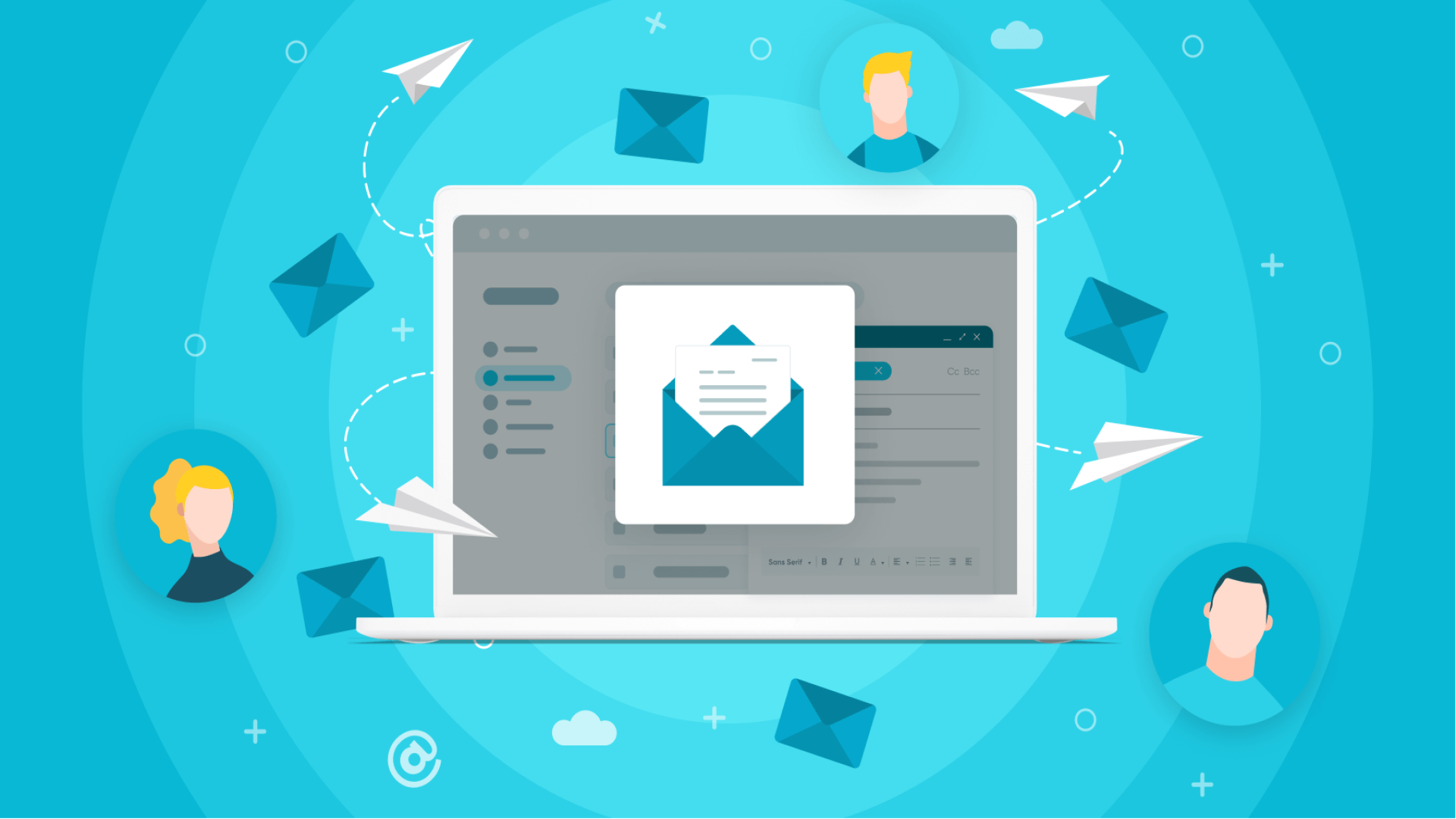
In the digital age, where communication is primarily conducted through emails, mastering the art of cold email outreach has become a crucial skill for individuals and businesses alike. Cold email outreach involves reaching out to potential clients, partners, or collaborators who may not have any prior connection with you. Cold email outreach can be a powerful tool for building valuable relationships, generating leads, and driving business growth. In this guide, we'll explore the key components of effective cold email outreach and provide actionable tips to help you achieve success.
Cold email outreach involves communicating with potential clients who may not have previously expressed interest. It's the art of crafting compelling messages that resonate with the target audience, sparking interest and laying the groundwork for meaningful business connections. At its core, it's about transforming a cold prospect into a warm lead through personalized and targeted communication.
The foundation of any successful cold email campaign is thorough research and targeted outreach. Before drafting your emails, invest time in understanding your recipients. Identify their needs, pain points, and how your product or service can provide value. Utilize tools like LinkedIn, company websites, and social media platforms to gather relevant information. The more tailored your email, the higher the chances of grabbing your recipient's attention.
Cold email outreach thrives on personalization. It goes beyond addressing the recipient by name; it's about tailoring the message to address the prospect's specific pain points and needs. Personalization fosters a sense of connection and relevance, increasing the likelihood of engagement.
Successful cold email campaigns rely on understanding the audience. By segmenting prospects based on industry, role, or specific challenges, B2B marketers can tailor their messages to resonate with the unique characteristics of each group. This segmentation ensures that the right message reaches the right audience.
Every cold email should guide the recipient toward a specific action. Whether scheduling a demo, downloading a resource, or exploring a trial, a well-crafted CTA is the linchpin that propels the prospect further down the sales funnel. The CTA should align with the overarching goal of the outreach campaign.
Track the performance of your cold email campaigns using analytics tools. Monitor open rates, click-through rates, and responses to evaluate the effectiveness of your outreach strategy. Use these insights to iterate and improve your approach continuously. Experiment with different subject lines, messaging, and timing to refine your cold email outreach over time.
It's rare for a cold email to yield immediate results. Persistence is key, and a well-thought-out follow-up strategy can significantly improve your chances of success. Craft polite and concise follow-up emails, reminding the recipient of your initial message and reiterating the value you bring. Use a systematic approach, spacing out your follow-ups appropriately to avoid appearing too aggressive.
Pros:
Cons:
Mastering the art of cold email outreach is an ongoing process that requires strategy, persistence, and adaptability. By understanding your audience, personalizing your messages, and continually refining your approach based on analytics, you can turn cold emails into a powerful tool for building meaningful connections and driving tangible results. Remember, successful cold email outreach is not just about making a pitch – it's about building relationships that stand the test of time.
What best practices have you followed to personalize email to captivate your audience? Let us know on LinkedIn & X.

We want you to join our community and share your wisdom with other community members! When you contribute, you're not just sharing knowledge; you're helping others succeed. If your content is recognized for its sound wisdom, you'll receive premium access to our community. Additionally, you'll be extended an exclusive invitation to webinars and podcasts, where you can further engage with industry experts and thought leaders.